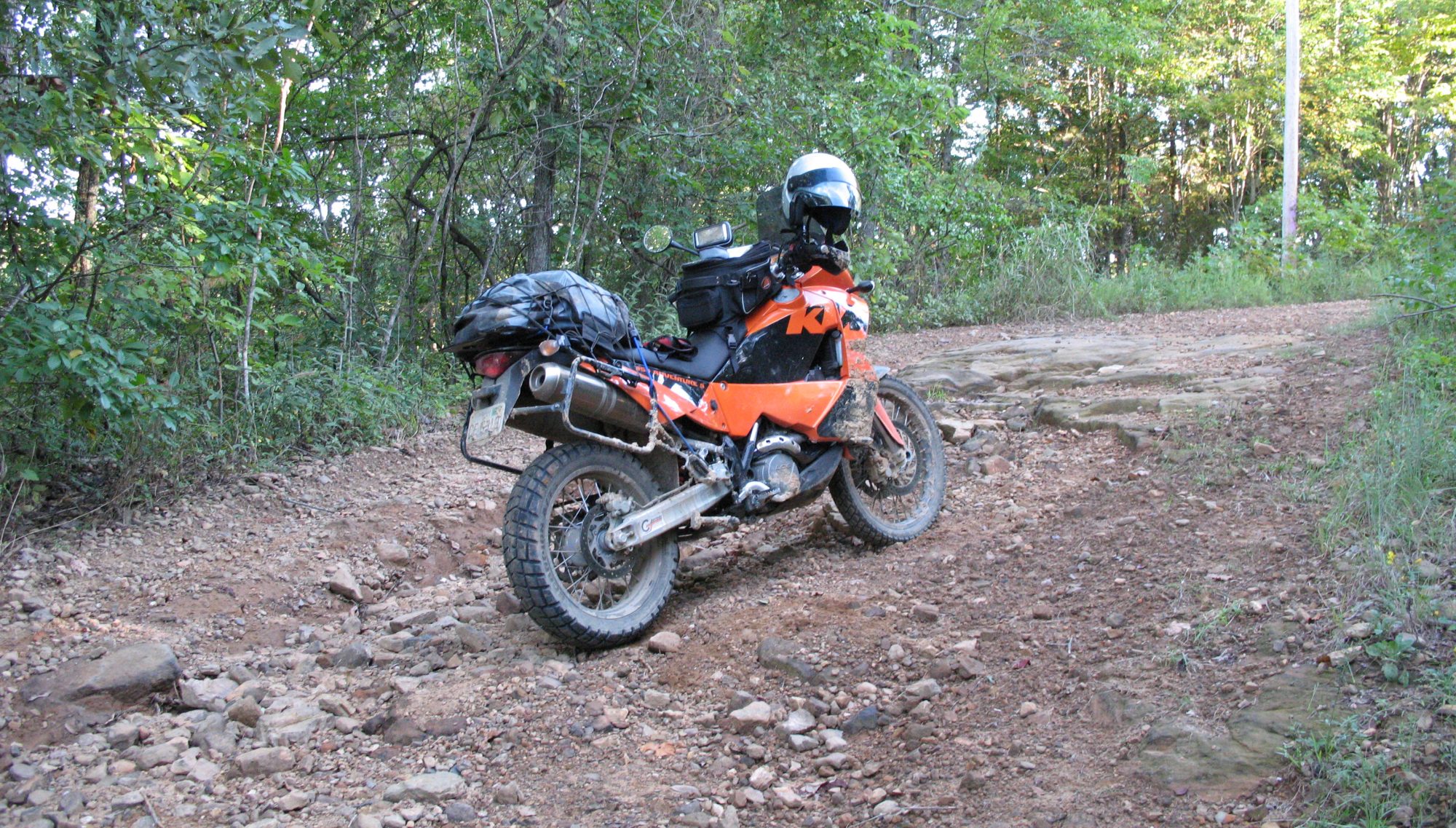The Chorus polished alloy calipers seemed a little sluggish. So I took them apart and gave them a bath in the ultrasonic cleaner. Lubed them with Chain-L, and reassembled them. They’re now installed and centered – they look great with the rest of the alloy group. The replacement pads arrived, but they are loose in the Campagnolo holders. I’m going to use some Koolstop pads and holders for now, and I’ll sort out the Campy pads/holders later.
The 32 tooth small chainring arrived, so I removed the crankbolt and pulled the crankarm off the BB. Switching the chainrings took less time than the disasssembly, and then it all went back together. The 12-30 cassette is here, and I swapped it onto the rear hub. I installed the Wippermann chain and sized it to big-big plus 1. That’s the drivetrain ready for cables.
I traded another 13-26 cassette to Rob for a Cinelli 1A stem and Cinelli 64-40 bars. A little polishing on the stem and the center of the bars and they’re ready to install. I took a guess at the stem height and bar angle – it’s as good a starting point as any. The levers are slipped on and tightened (mostly) so that the cables can be installed.
I installed the shift cables and checked to be sure that cable is pulled and released by the shifters. Fit the front housing sections and put them in place, then cut some cable liner to use around the BB shell – there are grooves for the shift cables, and hopefully the cable liner will cut down on friction and prevent road dirt from causing shift problems.
There is a small hiccup with the rear derailleur housing section – the “diver’s bell” cable stop on the DS chainstay has an opening too small for the stepdown ferrules I have. I don’t want to zip tie the housing to the chainstay, I want the correct part. The proper OD of the small section is 3.5mm. I’m looking for the correct ferrule now. Found it, and the shift cabling is complete.
I taped the cables to the bars and will wrap the bars once the lever positions are correct. It will take a few miles to be sure they’re right, but it’s worth it to wrap the bars just once.
Now on to the brake cables. I usually install the brake housings first – it probably doesn’t matter in the long run but that sequence works for me. This is the only frame I have where the rear brake cable runs inside the top tube. It doesn’t use any additional ferrules, and the install was straightforward. I’ve read that some internal cable runs are a nightmare, but fortunately this was an easy one. That’s the brakes installed and adjusted.
A test ride is next, so I double-checked that all fasteners are properly tightened, aired up the tubublars, and rode out. Firstly, the brakes work. That’s the important part right up front. Shifting the chain to the middle of the range in back, I checked the front shifting – works fine, but takes 1 extra click to shift compared to the double chainrings on my other bikes. Staying in the middle ring up front, checked out the rear shifting. It works fine, but the top pulley makes contact with the cogs in the lowest three gears. I need a Roadlink to move the rear derailleur down a little bit. The chain has some sag in small-small, but that combination is pretty severely cross-chained and I won’t use it anyway. Such is the result with a medium-cage rear derailleur with a triple.
Afterwards, I crimped caps on the ends of the shift and brake cables, and wrapped the bars. For now, that’s the Masi finished.
[smugmug-slideshow key=”Dhnvtv” autostart_off=”true” navigation=”true” playbutton=”true” transitionspeed=”3″ height=”500″ /]
